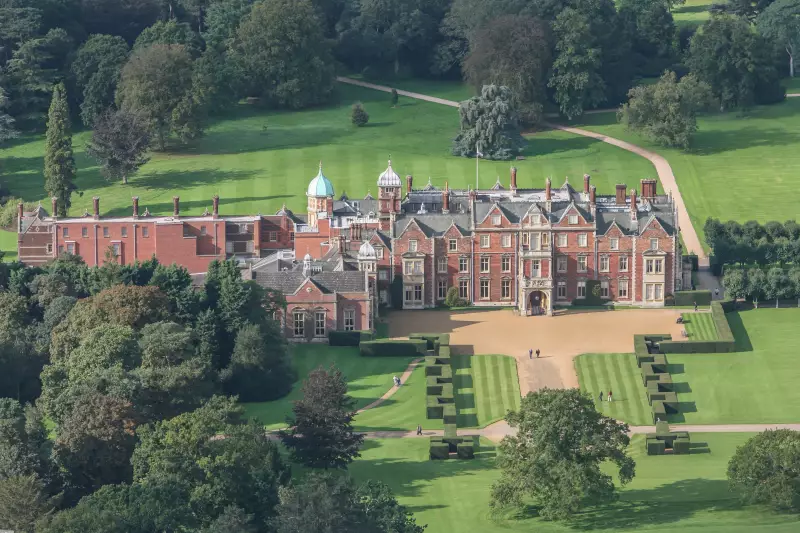
In a significant development within the Royal Family, Prince Andrew has officially taken up residence at Royal Lodge on the prestigious Sandringham Estate, marking a new chapter for the controversial duke. The move comes after extensive negotiations and renovations at the historic property.
A Royal Sanctuary with Complex History
The Royal Lodge, originally built in the 17th century, boasts a rich royal heritage. Most notably, it served as the beloved country retreat of the Queen Mother for nearly seven decades until her passing in 2002. The Grade II listed property spans approximately 30 rooms and sits within the expansive 20,000-acre Sandringham Estate in Norfolk.
Security and Financial Arrangements
While the Duke of York will reside in the main residence, the property's security presents a complex arrangement. The Crown Estate maintains ownership of the surrounding gardens and outer grounds, with taxpayers funding their security. However, Prince Andrew bears responsibility for securing the main house itself and covering all associated maintenance costs.
From Royal Favor to Reduced Status
This relocation represents a dramatic downsizing from Prince Andrew's previous home, the 31-room Royal Lodge in Windsor Great Park. The move follows his removal from working royal duties and the stripping of his military patronages amid the Jeffrey Epstein scandal. King Charles has been clear about streamlining the monarchy, and Andrew's reduced circumstances reflect this new royal reality.
Property Transition and Future Implications
The transition to Sandringham comes after Prince Andrew lost his Windsor residence following failed negotiations regarding necessary security upgrades. His new Norfolk home places him closer to other royal family members who maintain residences on the Sandringham Estate, though his exact role within the family remains uncertain.
This arrangement appears to be a compromise solution - providing the Duke with appropriate accommodation while limiting his public profile and reducing the financial burden on the monarchy. The move signals both a physical and symbolic distancing from the center of royal life for the Queen's second son.





